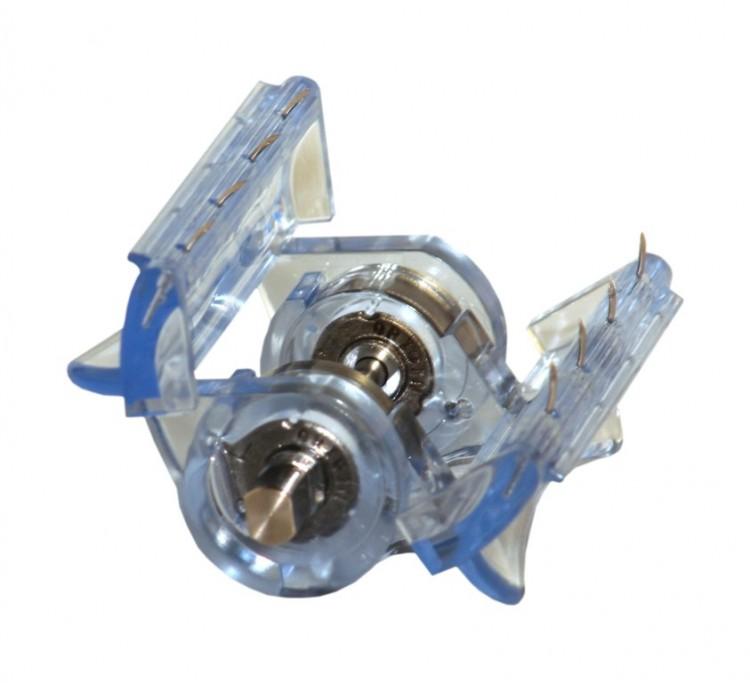A lifesaving medical device invented by a Canadian trauma surgeon is expected to hit markets this year, and it is already getting attention from investors around the world.
The ITClamp Hemorrhage Control System, invented by surgeon Dennis Filips, resembles nothing more than a small hairclip but is capable of stopping major bleeding in a matter of seconds.
The 5-centimeter clamp closes around an open wound and can stop massive hemorrhage—a leading cause of death in traumatic injury—by controlling critical bleeding in less than five seconds.
The $65 device seals the skin closed to create a temporary pool of blood under pressure, which forms a stable clot until the wound can be surgically repaired.
“It’s a pretty intuitive design,” Filips says. “People can just simply pick it up, apply it, squeeze it, and the device does all the rest.”






